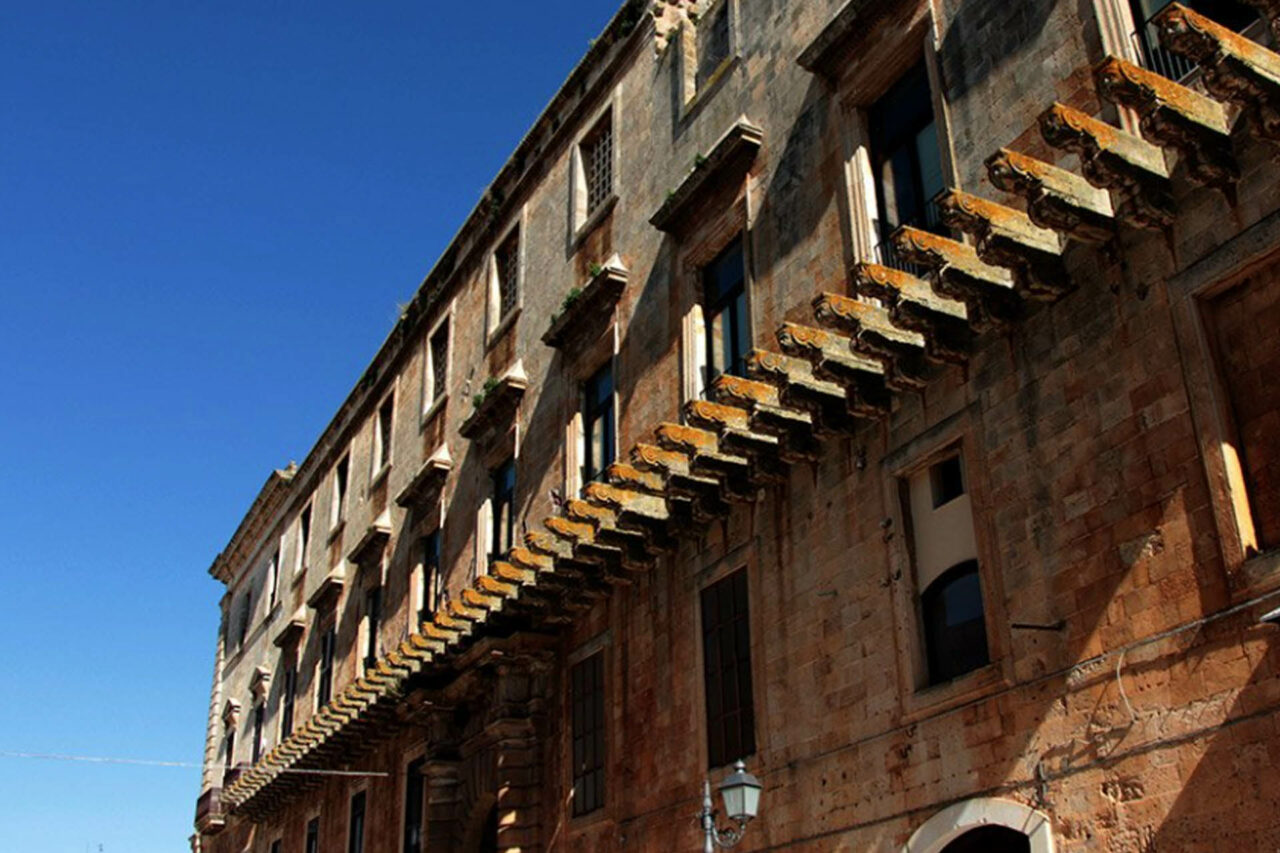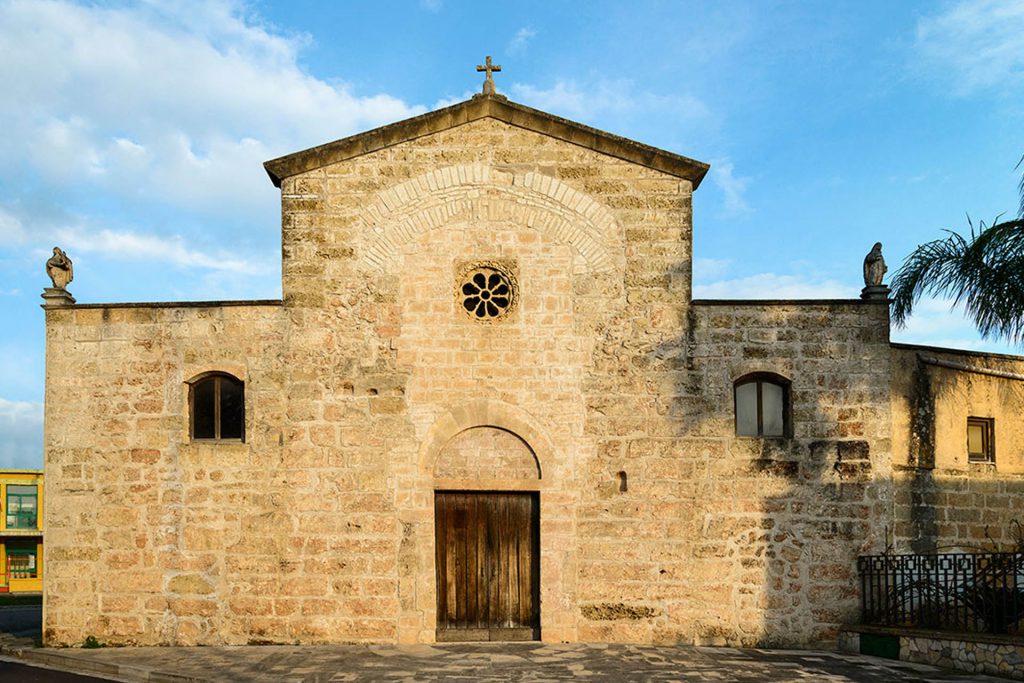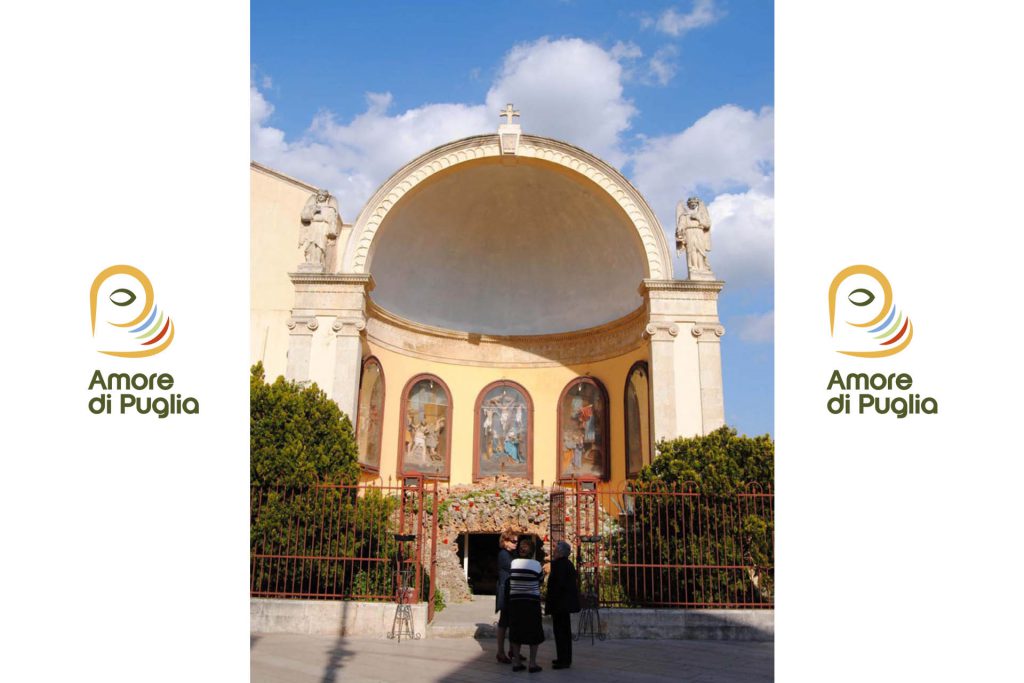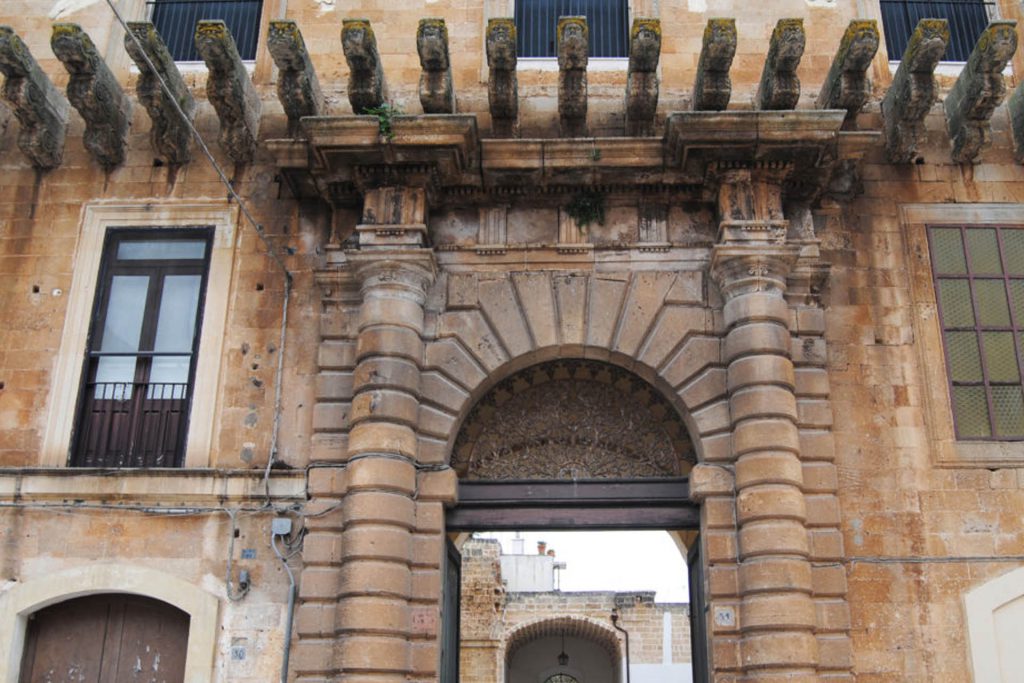Cart
3
Quantity
5,00 €
Quantity
4,00 €
Quantity
4,00 €
Product You May Also Like
Payment details
Sub Total
17,00 €
Shipping
Free!
Total
17,00 €
Apply

 Maccheroni Pasta
Maccheroni Pasta
 Classic Taste Taralli EVO
Classic Taste Taralli EVO
 Hot Pepper Taralli
Hot Pepper Taralli






















Leave a comment